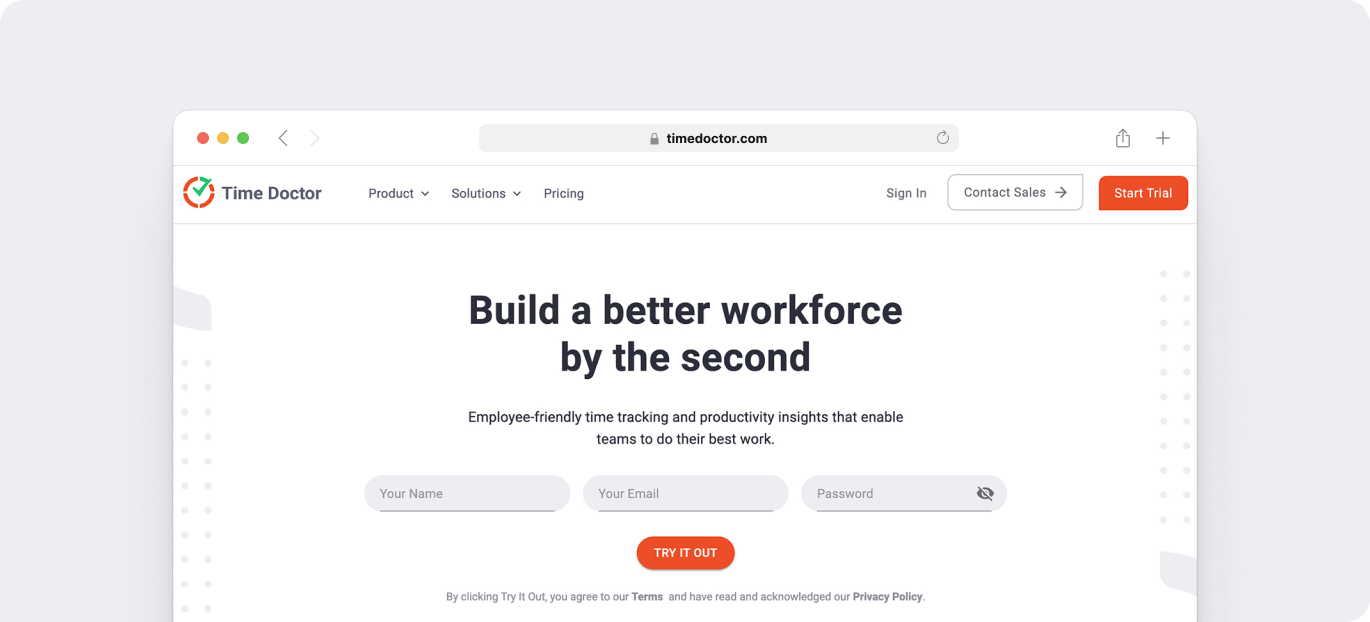Workforce compliance, or complying by various legal and regulatory requirements, is crucial to the functioning of modern businesses. In addition to meeting legal requirements, maintaining employee compliance lowers risks and boosts operational effectiveness.
This article explains the idea and importance of employee compliance and offers guidance on how to use technology, promote a compliance culture, get over challenges, and understand the consequences of noncompliance.
Table of Contents
What is workforce compliance?
Workforce compliance refers to the adherence to laws, regulations, and guidelines that govern the employment relationship between an organization and its workers.
These regulations cover a broad spectrum, including labor laws, tax codes, employment eligibility verification, and wage and hour laws. Ensuring compliance means operating within legal boundaries, thereby protecting both employees and the organization
Why does workforce compliance matter?
Workforce compliance is essential for several reasons:
- Risk mitigation: Noncompliance could lead to costly legal disputes, fines, and damage to the company’s reputation.
- Legal obligations: Adherence to all relevant federal, state, and local employment regulations is necessary to avoid getting into legal hot water.
- Operational efficiency: Compliance speeds up operations by avoiding issues like worker misclassification and co-employment risk that can slow business procedures.
Creating a compliance culture in the workplace
Creating a compliance culture in the workplace is crucial for maintaining legal and regulatory standards. This involves establishing a dedicated compliance management team, conducting regular internal audits, and implementing comprehensive employee training programs. Here’s how to effectively build and sustain a robust compliance culture:
Building a compliance management team
Any company has to have a solid compliance culture. It means always striving to ensure that every employee follows all relevant laws, guidelines, and business policies knowing about them. The first stages toward doing this are building a strong compliance management team, running regular internal audits, and implementing thorough staff training programs.
Conducting internal audits
Frequent internal audits are necessary to spot possible compliance problems early on and fix them. An internal audit looks at the programs and procedures of the company, identifying weaknesses and assisting in the development of solutions. Annual audits are conducted to guarantee ongoing compliance and reduce risks.
Employee training programs
Training employees on compliance topics is crucial for creating a culture of compliance. This involves making compliance information easily understandable, customizing it by location, and providing regular updates. Effective training programs ensure that all employees are aware of the policies and code of conduct they must follow
Leveraging technology for workforce compliance
Technology is crucial to employee compliance. Modern tools include cloud-based data storage, digital visitor management systems, and compliance software offer automated operations and real-time monitoring. These advances reduce manual errors and streamline compliance management for enterprises. HR professionals can manage compliance needs and assure adherence to laws and regulations with effective compliance software that incorporates policy training, workflow-enabled processes, and accurate reporting.
Role of technology in compliance
Technology plays a significant role in ensuring workforce compliance. Cloud-based data storage, digital visitor management systems, and compliance software solutions offer features like automated processes and real-time monitoring, which help maintain compliance efficiently. These tools reduce manual errors and streamline compliance management
Compliance software solutions
Effective compliance software includes features like accurate reporting, workflow-enabled operations, and policy training. HR specialists may ensure that the organization complies with applicable laws and regulations by managing compliance requirements. This process is made easier by these technologies.
Time Doctor’s role in compliance

Time Doctor, a leading workforce analytics software, provides essential features for workforce compliance. These features include:
- Accurate time tracking: Time Doctor precisely tracks employee work hours, guaranteeing adherence to labor regulations concerning overtime and working hours.
- Detailed reporting: The program provides thorough reports that include information on hours worked, breaks, and overtime. These reports are crucial for meeting legal obligations and compliance audits.
- Real-time monitoring: By keeping an eye on worker behavior, managers may assist make sure that regulations and corporate policies are being followed.
- Automated alerts: In order to enable quick remedial action, Time Doctor can automatically notify managers and staff members when there are inconsistencies in work hours, such as excessive overtime or missing breaks.
- Data security: The platform makes sure that time-tracking data is stored securely, which is essential for adhering to data protection laws.
These characteristics lessen the possibility of legal problems relating to workforce compliance by assisting firms in keeping correct records and streamlining compliance management.
Key challenges in workforce compliance
Complex issues arise while ensuring workforce compliance. To stay compliance, firms must identify rules and regulations, manage independent contractors and temporary labor, and protect data. Each of these difficulties requires a systematic solution to reduce risks and comply with laws.
Identifying applicable laws and regulations
Finding the laws and regulations that relate to the company is one of the main issues with worker compliance. This covers laws from the federal, state, and municipal levels, including the Equal Pay Act (EPA), the Occupational Safety and Health Act (OSHA), the Affordable Care Act (ACA), and the Fair Labor Standards Act (FLSA).
Managing independent contractors and temporary workers
Classifying workers correctly is another significant challenge. Misclassification can lead to legal and financial implications, making it essential to distinguish between independent contractors and employees accurately. This ensures compliance with state and federal guidelines
Handling data privacy and protection
Retaining worker compliance calls for the safeguarding of data privacy. Businesses have to abide by laws such as the General Data Protection Regulation (GDPR) if they want to safeguard employee data and keep out of legal hotlines. Implementing effective data security measures helps one to keep compliance.
Best practices for ensuring workforce compliance
Maintaining employee compliance requires deliberate, proactive activity across several domains. By using best practices, such as proactive policy design, frequent training and education, and continuing monitoring and reporting, organizations can maintain compliance with applicable rules and regulations.
Proactive policy development
Ongoing training programs ensure that employees remain informed about compliance requirements. Assessing employee understanding through regular training sessions helps reinforce the importance of compliance
Regular training and education
Developing and updating clear compliance policies is fundamental for maintaining workforce compliance. This includes creating comprehensive employee handbooks that outline the organization’s policies and procedures
Monitoring and reporting
Maintaining compliance with laws and regulations requires the establishment of monitoring systems and frequent compliance reporting. These procedures aid in quickly recognizing and resolving compliance-related issues.
Consequences of non-compliance
Organizations may suffer greatly from noncompliance with workforce standards. These ramifications include monetary expenses, legal ramifications, and harm to one’s reputation; all of these can have a substantial effect on a company’s stability and profitability.
Financial costs
Fines, penalties, and settlement costs may arise from noncompliance, which can be expensive. Additionally, a decline in stock prices and additional financial losses may result from a corporate leader resigning owing to compliance infractions.
Legal consequences
A breach of workforce compliance laws may result in criminal prosecution and legal action. Prominent instances such as the Enron scandal demonstrate the grave legal consequences of non-adherence.Harm to one’s image
Reputational damage
A company’s reputation can be seriously harmed by non-compliance, which can result in a decline in client confidence, lost business opportunities, and trouble hiring qualified staff.
Conclusion
Running a company largely depends on honoring employee compliance regulations and norms. Through best practices, technology, and a compliance culture, companies could lower risks and increase operational efficiency. If one is to prevent the main financial, legal, and reputational consequences of non-compliance, staff compliance has to be given first importance.

Liam Martin is a co-founder of Time Doctor which is software to improve productivity and help keep track and know what your team is working on, even when working from home.


